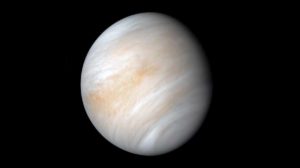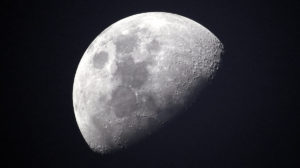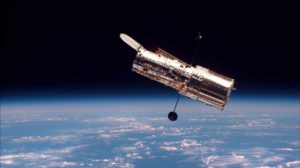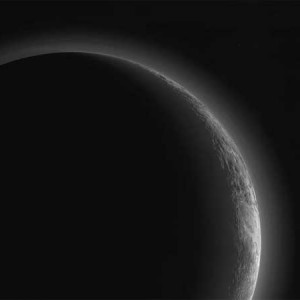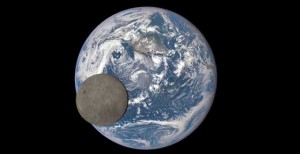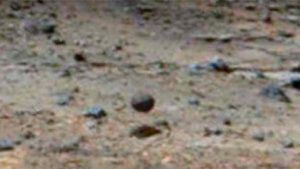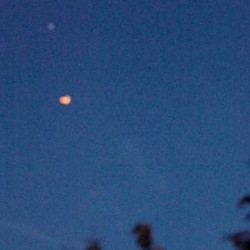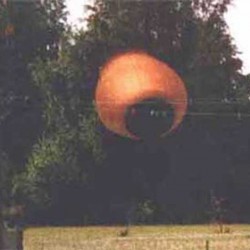NASA probe spots Unusual red arcs on Saturn’s icy moon Tethys
New, enhanced-color images from NASA’s Cassini spacecraft show unexplained arc-shaped, reddish streaks on the surface of Saturn’s icy moon Tethys.


The red arcs are narrow, curved lines on the moon’s surface, and are among the most unusual color features on Saturn’s moons to be revealed by Cassini’s cameras.
Images taken using clear, green, infrared and ultraviolet spectral filters were combined to create the enhanced-color views, which highlight subtle color differences across the icy moon’s surface at wavelengths not visible to human eyes.
A few of the red arcs can be seen faintly in observations made earlier in the Cassini mission, which has been in orbit at Saturn since 2004. But the color images for this observation, obtained in April 2015, are the first to show large northern areas of Tethys under the illumination and viewing conditions necessary to see the arcs clearly. As the Saturn system moved into its northern hemisphere summer over the past few years, northern latitudes have become increasingly well illuminated. As a result, the arcs have become clearly visible for the first time.
“The red arcs must be geologically young because they cut across older features like impact craters, but we don’t know their age in years.” said Paul Helfenstein, a Cassini imaging scientist at Cornell University, Ithaca, New York, who helped plan the observations. “If the stain is only a thin, colored veneer on the icy soil, exposure to the space environment at Tethys’ surface might erase them on relatively short time scales.”
The Cassini team is currently planning follow-up observations of the features, at higher resolution, later this year.
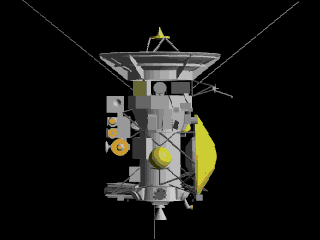
Cassini–Huygens is an unmanned spacecraft sent to the planet Saturn. It is a flagship-class NASA–ESA–ASI robotic spacecraft. Cassini is the fourth space probe to visit Saturn and the first to enter orbit, and its mission is ongoing as of 2015. It has studied the planet and its many natural satellites since arriving there in 2004.
Developed starting in the 1980s, the design includes a Saturn orbiter, and a lander for the moon Titan. The lander, called Huygens, landed on Titan in 2005. The two-part spacecraft is named after astronomers Giovanni Cassini and Christiaan Huygens.
The spacecraft launched on October 15, 1997 aboard a Titan IVB/Centaur and entered orbit around Saturn on July 1, 2004, after an interplanetary voyage that included flybys of Earth, Venus, and Jupiter. On December 25, 2004, Huygens separated from the orbiter and reached Saturn’s moon Titan on January 14, 2005. It entered Titan’s atmosphere and descended to the surface. It successfully returned data to Earth, using the orbiter as a relay. This was the first landing ever accomplished in the outer Solar System.
Source: Unusual red arcs spotted on icy Saturn moon Tethys, NASA and Wikipedia.


